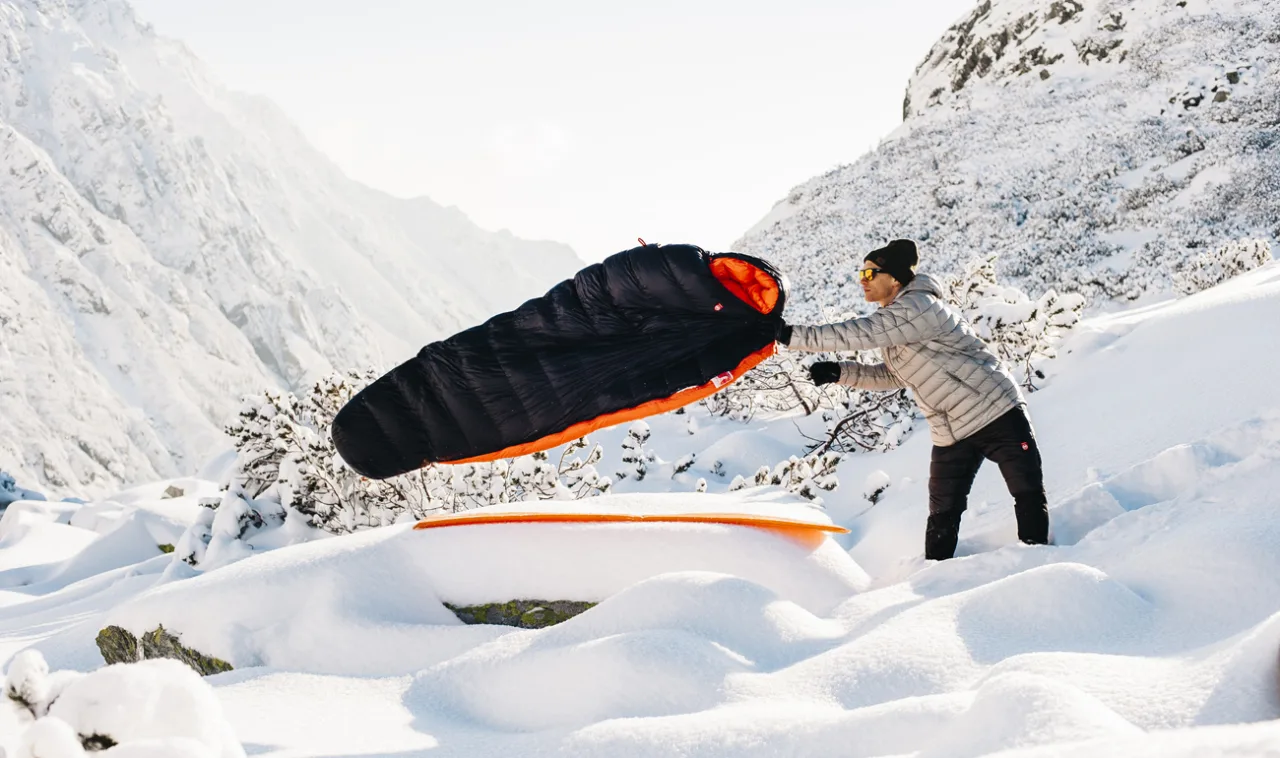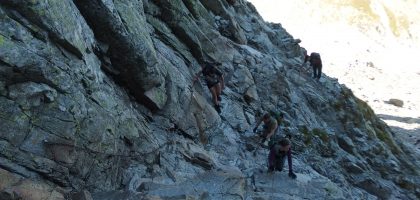Unpredictable weather can disrupt even the best-prepared trek, especially at night. Wind, moisture and sudden temperature drops quickly reveal whether your gear is reliable. The sleeping bag is one of the most critical pieces of equipment. Learning how to choose and use it correctly makes the difference between restful sleep and a cold, sleepless night. Below you’ll find practical advice and examples of PAJAK winter sleeping bags designed for hikers who value warmth without carrying unnecessary weight.
Why Weather Is the Biggest Unknown in Hiking
During multi-day trekking, the night is the hardest element to predict. A front can arrive without warning, and strong winds accelerate heat loss. Fog or damp air significantly reduce insulation efficiency, and wet down quickly loses loft. That is why a sleeping bag should be treated as a piece of safety equipment, not just comfort gear. The right model, combined with good camping habits, determines how well you recover and whether you can confidently continue your route in changing conditions.
Understanding Temperature Ratings
On every PAJAK sleeping bag tag you will find three values:
- T-comfort – the temperature at which an average woman sleeps comfortably,
- T-limit – the lower limit for a man of standard build,
- T-extreme – a survival boundary, not suitable for planning.
Always check whether the bag has been tested according to EN 13537 / ISO 23537 standards. These unify testing methods and make results comparable. For real trips, treat comfort as the most relevant measure. The extreme rating is only an indicator of survival risk.
Field scenario
On a week-long trek in the Pyrenees, a bag with T-comfort of -5°C can still keep you warm at night when temperatures drop to -3°C. Planning with the comfort rating avoids overestimating your gear.
Choosing the Right Insulation
Down insulation offers the best warmth-to-weight ratio and compresses into a very small size. Synthetic insulation resists moisture better and dries faster, but for the same warmth it will be heavier and bulkier.
In humid climates or when rain protection is uncertain, hydrophobic down combined with a waterproof compression sack provides the best balance. Maintaining loft is crucial: high-quality goose down and carefully engineered chambers help the filling retain volume and deliver consistent warmth through the trip.
Features That Make a Difference
Details determine whether warmth stays inside. Look for:
- adjustable hood that seals around the head,
- thermal collar (draft collar) to block cold air,
- anatomical footbox that keeps feet insulated,
- zipper draft tube and two-way zipper for venting without losing heat at the feet.
Chamber design matters: double-offset mesh (HH construction) eliminates cold spots, while reinforcements at the head and foot reduce moisture and abrasion. These elements become noticeable on frosty nights when the temperature falls lower than expected.
Practical Tips for Staying Warm
- Always pair your bag with a mat with adequate R-value – it insulates from the cold ground.
- Use a thin liner for hygiene and an extra degree of warmth.
- Wear dry thermal underwear, socks and a light hat before bed.
- Eat a warm meal and hydrate – low energy and dehydration increase the feeling of cold.
- Avoid overheating in the evening: moisture condenses inside insulation and reduces loft.
- Each morning, air your sleeping bag to dry it. Pack it in a waterproof sack inside your backpack and never leave it directly on wet ground.
Field scenario
Three nights in the Tatras at -7°C tested this system: using a Radical 12Z with a mat rated R=4.5 and a light liner kept warmth stable, even during high humidity and snow showers.
Winter Sleeping Bags for Demanding Conditions
For frost, sudden temperature drops and changing mountain climates, PAJAK offers advanced winter sleeping bags:
- Radical 16H – expedition bag with 900 FP goose down, an IRL layer reflecting up to 50% of thermal radiation, and a bridge-eliminating chamber design. Tested at T-comfort -31°C, T-limit -43°C, T-extreme -73°C, weight approx. 1500 g.
- Core 950 – filled with certified Polish goose down, designed for versatility and weight-to-warmth balance, usable down to -39°C according to manufacturer data.
- Radical 12Z – lighter yet still very warm, suitable for demanding trekking, with a declared usability down to -35°C.
A complete overview is available in the winter sleeping bags section, where the FitMe by PAJAK tool helps match the right model to your personal needs.
Comfort in All Conditions
Unpredictable weather does not have to mean sleepless nights. Understanding temperature ratings, choosing the right insulation and focusing on details allows you to sleep warmly without unnecessary load. Investing in a proven sleeping bag, tested to EN/ISO standards, combined with a proper system of mat, clothing and camp habits, translates directly into confidence on the trail, even when the weather turns against you.
![]()






Leave a Reply